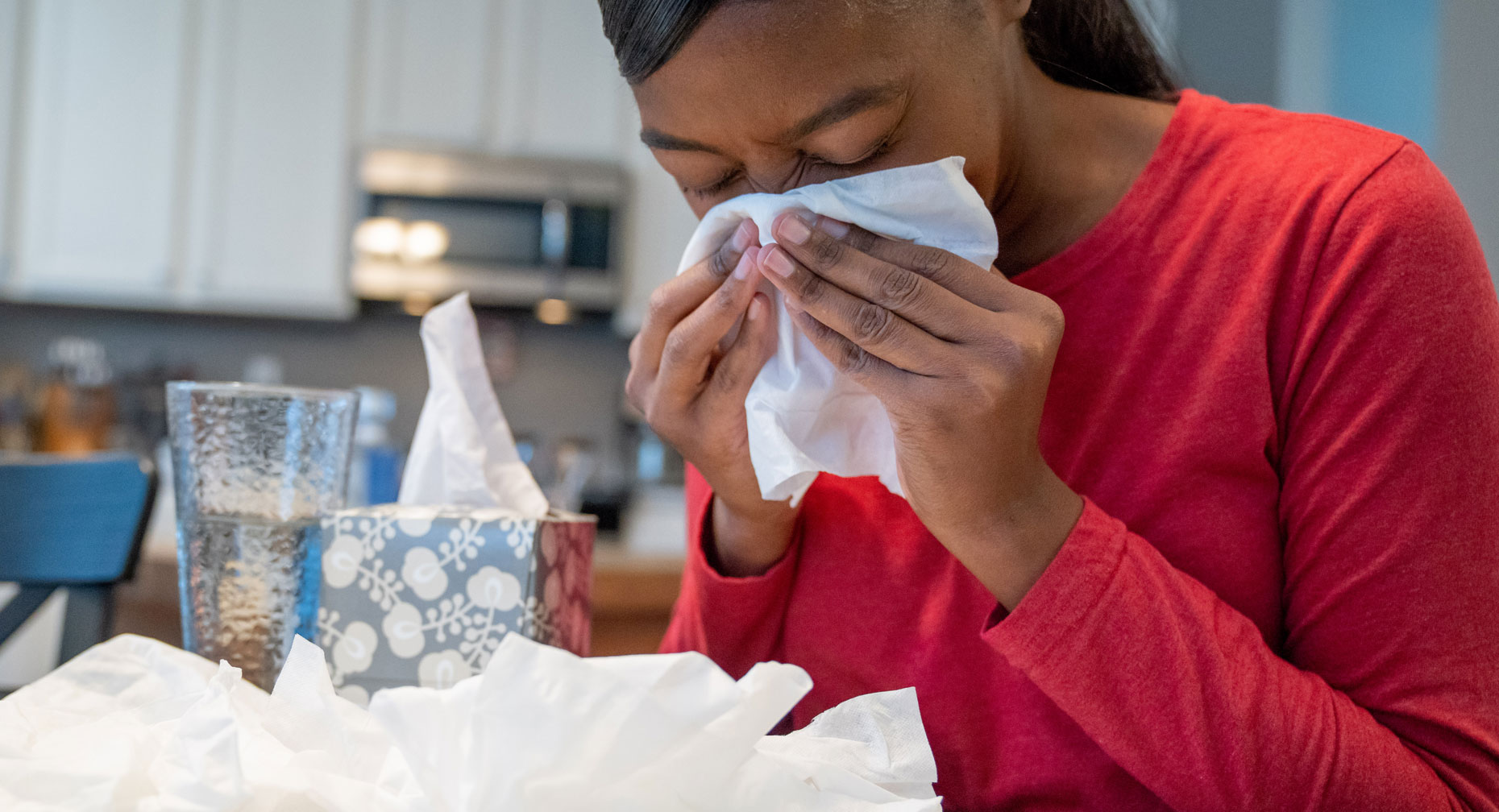What Does the Color of Phlegm Mean
What Does the Color of Phlegm Mean
- Allergies, Asthma, and Lung
- Asthma
Mucus and Phlegm: Barometers of Your Health

It's easy to get the care you need.
See a Premier Physician Network provider near you.
Your body constantly produces mucus and phlegm to help protect you from infection and prevent your internal tissues from dehydrating. Though they're always at work, you typically only notice the sticky substances when you're sick.
Mucus and phlegm are similar, yet different:
- Mucus is a thinner secretion from your nose and sinuses.
- Phlegm is thicker and is made by your throat and lungs.
Both work as part of your immune system. They trap particles you breathe in through your airways – including viruses and bacteria. Each day your body makes about 1.5 liters of them — even more when you're fighting infection.
Mucus and phlegm are made of water, antibodies, enzymes, proteins and salt. They carry dead cells, dust and other debris from the nose and lungs.
When you breathe through your nose, 80 percent of particles are filtered through the mucus lining. Tiny hairs called cilia in the nose and lungs move mucus and phlegm toward the throat.
Color Not Always a Clear Indicator

The color and consistency of mucus and phlegm offer clues as to what's happening in your body. But the color can't be counted on to clearly indicate whether you have a bacterial or a viral infection, says Laura Tully, MD, of Premier ENT Associates.
"Patients think that because mucus is a color other than clear – like yellow or green – that means they have a sinus infection," Dr. Tully says. "Just because your mucus starts out green or yellow, that's very common with a typical viral cold, and doesn't necessarily mean you have a bacterial illness."
She adds, "Eventually a cold can morph into something like an acute sinusitis that is bacterial."
The color and consistency of mucus and phlegm offer clues as to what's happening in your body.
What to Know and Do When Your Mucus Changes
Here's a rundown of what the color and consistency of mucus and phlegm may indicate:
- Clear. Thin and clear mucus is normal and healthy.
- White. Thicker white mucus goes along with feelings of congestion and may be a sign that an infection is starting. The white color comes from an increased number of white blood cells. If you have asthma, lots of white phlegm may be a sign of inflamed airways. Using a preventer inhaler can help. Drink more water to stay hydrated and try saline sprays to ease a stuffy nose.
- Light yellow or green. Mucus or phlegm of this color means your body is fighting an infection. The color comes from the enzymes in white blood cells. Get plenty of rest and stay hydrated. If you have asthma, you may be experiencing more symptoms. Be sure to use your preventer inhaler to keep your airways open.
- Dark yellow or green. These colors – especially if accompanied by a fever, cough and sneezing – are a sign an infection is getting worse. Make an appointment with your doctor, especially if you have asthma and your inhaler is not effective.
- Pink or red. Phlegm and mucus with a red tinge include blood. Irritation and dryness from nasal tissue can cause this. If phlegm from the lungs is pink or red, see your doctor right away. People with asthma who have a cough may bring up phlegm streaked with blood.
- Brown. Dried blood, dirt particles and residue from smoking or tobacco use can make mucus brown. Smoking can trigger asthma symptoms and prevent an inhaler from working.
- Black. Heavy smoking and air pollution can cause black mucus. Rarely, it can be a sign of a fungal infection. See your doctor.
What to Do with Phlegm and Mucus?
When your body is overrun with phlegm and mucus, you can blow it out, spit it out or swallow it. Any method is fine. The stomach neutralizes bacteria carried by mucus and phlegm and does its part to remove other waste lodged in the sticky substances from the body.
If you have asthma and you feel that your body is making too much phlegm, talk with your doctor about exercises and medicines that can help.
It's easy to get the care you need.
See a Premier Physician Network provider near you.
Source: Laura Tully, MD, Premier ENT Associates; Texas A&M Health and Science Center; Asthma UK; The Conversation
![]()

Small Steps: Keep Your Lungs Healthy
Vaccines can help prevent lung infections that can lead to bronchiectasis, a serious and chronic lung disease.
Source: https://www.premierhealth.com/your-health/articles/women-wisdom-wellness-/mucus-and-phlegm-barometers-of-your-health#:~:text=Thin%20and%20clear%20mucus%20is,a%20sign%20of%20inflamed%20airways.
Posted by: heathtoomen.blogspot.com